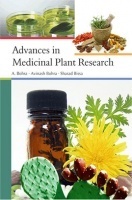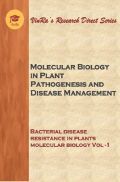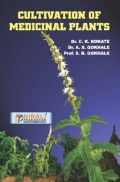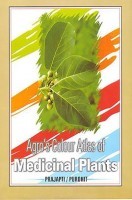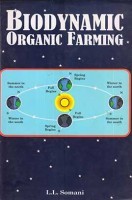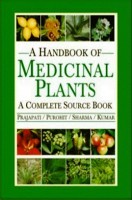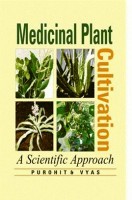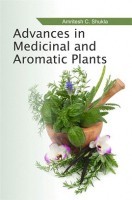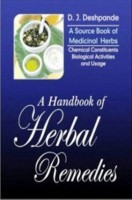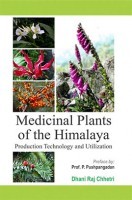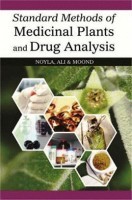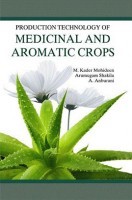The diffusing fragrance and flavour of plants have been utilized world over for herbal medicines, pharma-ceuticals, perfumery, aromatherapy and culinary purposes. The demand for plant based therapeutics has increased immensely in both developing and developed countries due to growing recognition that they are natural products, being non-narcotic, having no side-effects and easily available at affordable prices since some of the aromatic plant species have the unique capability to grow under low tility, rainfed conditions and salinity effected soils with low inputs, therefore scientific cultivation of aromatic plants can became an important tool for socio-economic development of rural masses and it can also provide green health alternatives in the form of eco-friendly products.
This book Useful for Medicinal Plants.
SECTION I: AROMATIC AND ESSENTIAL OIL PLANTS: GENERAL INTRODUCTION
1. Aromatic Plants: An Introduction
2. Aromatherapy
3. Perfumery
4. Chemistry and Phytochemistry of Essential Oils and Aroma Compounds
5. Essential Oils
6. Preparations from Medicinal Aromatic Plants
7. Extraction Technologies for Medicinal Aromatic Plants
SECTION II: AROMATIC AND ESSENTIAL OIL PLANTS: CULTIVATION, USES AND EXTRACTION
1. Allium sativum Linn. (Garlic)
2. Andropogon sp. (Lemon Grass)
3. Apium graveolens Linn. (Celery)
4. Cinnamomum sp. (Cinnamomum)
5. Citrus sp. (Lemon, Lime)
6. Coriandrum sativum L. (Coriander)
7. Curcuma angustifolia Roxb. (Tikhur)
8. Cymbopogon martinii Roxb. (Palmarosa)
9. Elettaria cardamomum Maton
10. Eucalyptus sp
11. Foeniculum vulgare Miller
12. Jasminum sp. (Jasmine)
13. Juniperus virginiana L. (Cedarwood)
14. Lawsonia inermis (Henna)
15. Mentha arvensis Linn (Mint)
16. Myristica fragrans Houtt (Nutmeg)
17. Ocimum basilicum L. (Tulsi)
18. Pandanus sp. (Kewra)
19. Pimpinella anisum Linn. (Anise)
20. Piper longum Linn. (Pipli)
21. Piper nigrum (Pepper)
22. Pogostemon cablin (Blanco) Benth (Patchouli)
23. Rosa sp. (Gulab)
24. Rosmarinus officinalis (Rosemary)
25. Syzygium aromaticum L. (Clove)
26. Tagetes minuta (Wild Marigold)
27. Valeriana hardwickii (Tagar)
28. Vetiveria zizanioides L. (Khus-Khus)
29. Zingiber officinale Rose (Ginger)
SECTION III: DIRECTORY: AROMATIC AND ESSENTIAL OIL PLANTS







